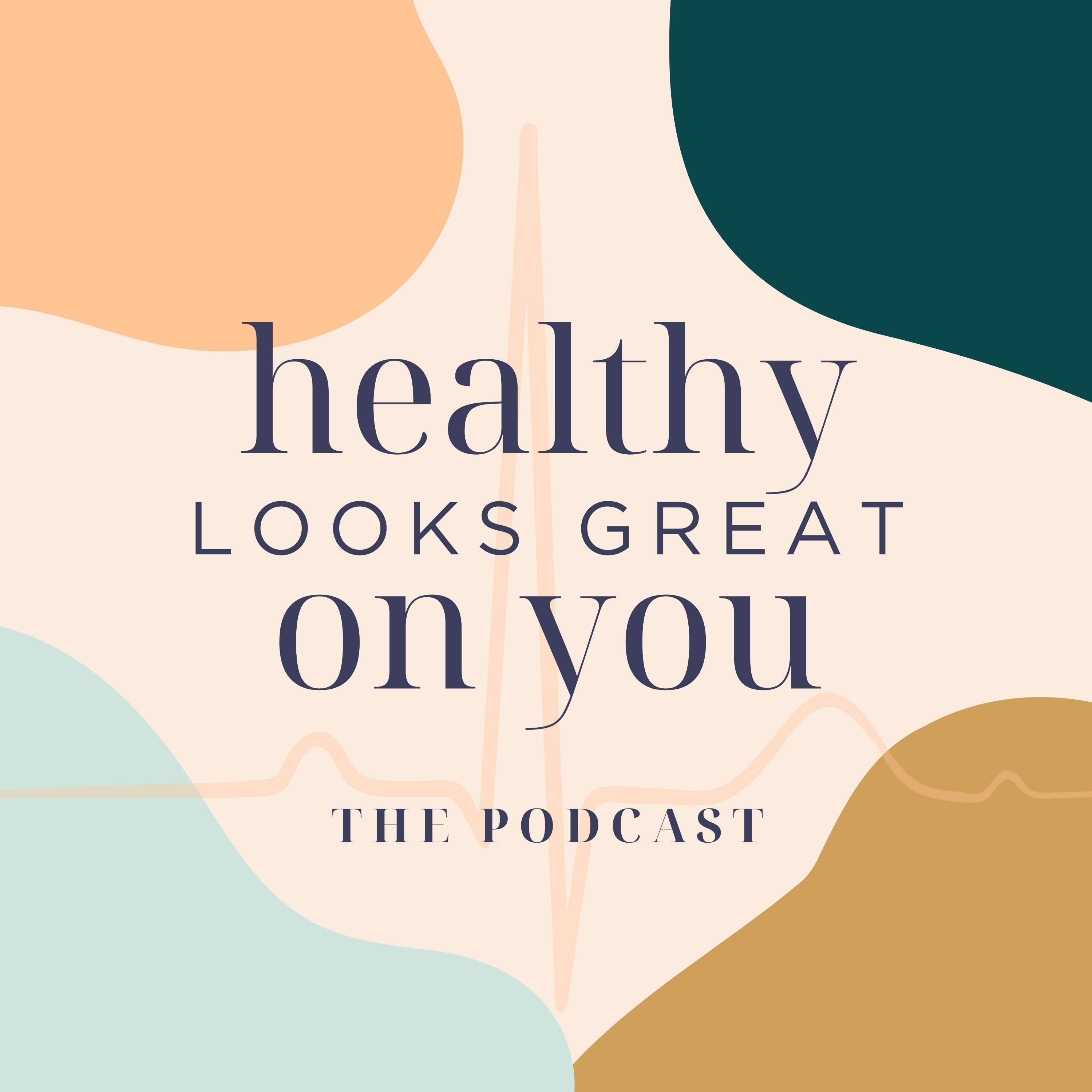Discover Black Friday wellness gifts from all six pillars of lifestyle medicine. Fitness, sleep, nutrition, stress relief, and more—Dr. Vickie’s top picks!

Healthy Carbs for Energy and Gut Health: What You Need to Know
Are Carbs Bad for You?
Ready to Kickstart to lost belly fat and live healthier?
7-Day Mini-Course designed to kickstart real, lasting health. This isn’t another “perfect plan.”
It’s your real-life solution for getting healthy without overhauling your life overnight.
Hosted by:
Vickie Petz Kasper, M.D.
American Board of Lifestyle Medicine Diplomate
Learn more about Dr. Vickie
Three Simple Strategies to Sleep Better
Download your free cheat sheet to start sleeping smarter tonight.
Are Carbs Bad for You?
Are you looking to enjoy healthy carbs for energy and gut health without the guilt or confusion? In this episode of Healthy Looks Great on You, Dr. Vickie explains which carbohydrates fuel your body, support digestion, and keep blood sugar steady — all while fitting into a balanced, practical lifestyle. Say goodbye to fad diets and hello to carbs that actually love your body back.
Carbs often get a bad reputation, but they are one of the three essential macronutrients your body needs — along with protein and fat. Trying to eliminate any of these completely isn’t necessary and can even work against your health. Instead, the key is balance and choosing the right types of carbs.
Not all carbs are created equal. You have simple carbs, complex carbs, and fiber — and focusing on the right kinds can make a huge difference in your energy, satiety, and gut health. Whole foods like fruits, vegetables, whole grains, beans, nuts, and seeds are your best choices. Processed grains can still provide some nutrients, but whole grains consistently deliver more fiber, vitamins, and minerals.
Pairing carbohydrates with protein and healthy fats helps stabilize blood sugar, prevents energy crashes, and keeps you full longer. For example, a bowl of whole-grain cereal topped with blueberries and unsweetened soy milk gives you a balanced mix of carbs, fiber, and protein — no guilt, no food math required.
Fiber is a superstar nutrient for energy and gut health. Eating fiber-rich carbs helps your digestive system, supports a healthy microbiome, and naturally manages weight. Foods like beans, vegetables, fruits, and whole grains will help you feel satisfied and keep cravings in check.
The takeaway? Move toward carbs that fuel and support your body, not processed sweets or sugary drinks. A simple way to visualize it: slide your carb choices along a scale from donuts and soda to fruits, vegetables, beans, and whole grains. The more you fill your plate with high-quality carbs, the more energy and gut-friendly benefits you’ll experience.
Ready to take small, practical steps toward lasting healthy habits — including enjoying your carbs? Join Dr. Vickie’s 7-Day Kickstart to Healthy Habits, a week-long program that teaches you how to build energy-boosting, belly-trimming, and gut-friendly habits without counting calories or doing complicated food math.
Listen to the full episode and start loving your body (and your carbs) today. Because when you choose carbs wisely, healthy really does look great on you.

Need a kickstart to healthier habits?
Enroll in Kickstart to Lose Belly Fat and Live Healthy ($47)
Related Episodes
Black Friday Healthy Buy Guide
The Food Feeling Connection
Discover how the food you eat affects your mood, energy, and clarity. Learn the science behind cravings and simple habits to feel calmer, clearer, and more energized.
Healthy Carbs for Energy and Gut Health: What You Need to Know
Are carbs bad for you? Learn which carbs fuel your body, boost energy, and support gut health in this practical, science-backed lifestyle podcast.





